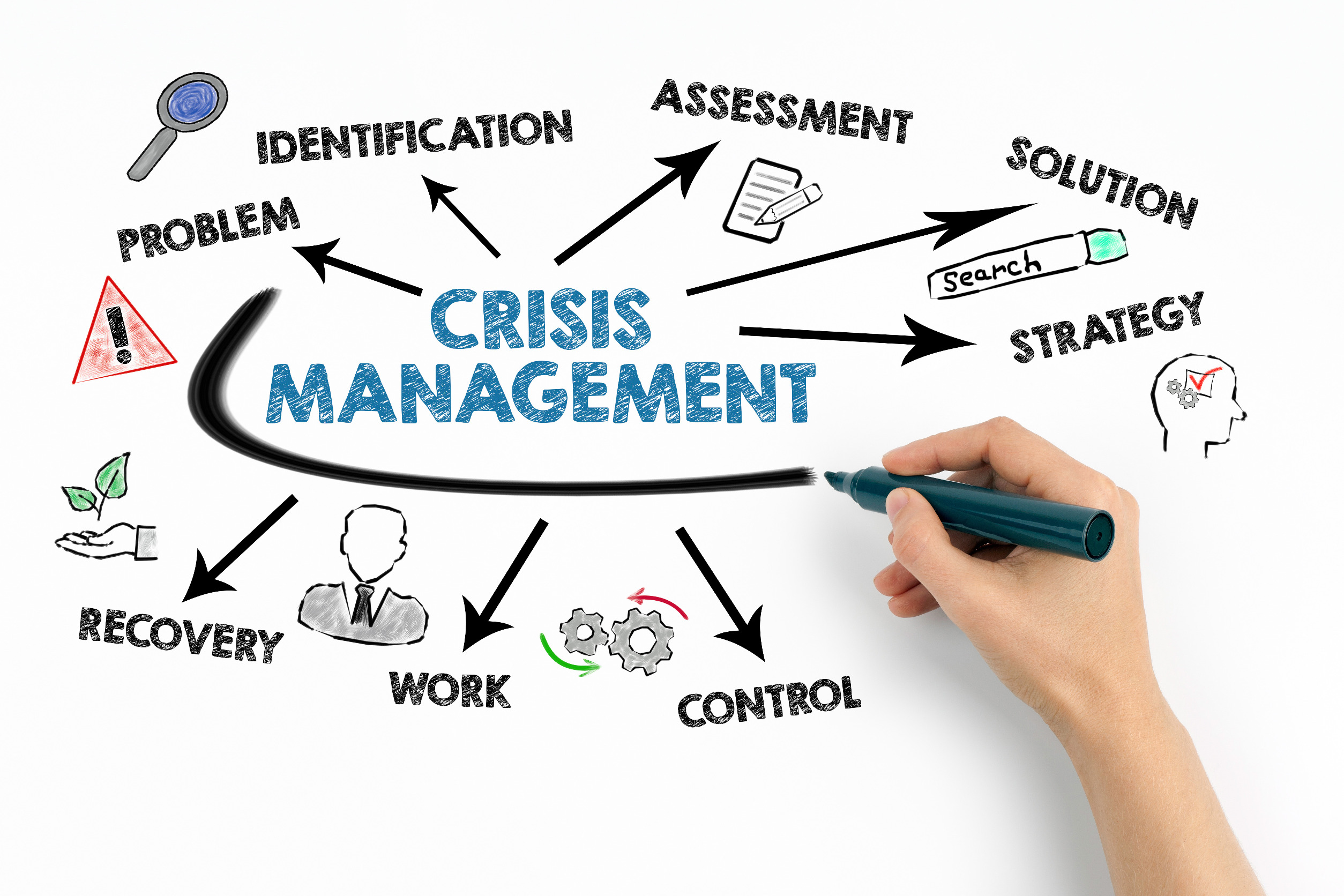Whatever the statistics, too many organizational change initiatives fail to deliver on their promise. While at times it is the solution that is flawed, more often it is the execution. There are two sets of key players accountable for successful execution: those of us who are change practitioners, and the leaders that we serve. And one way in which we should be serving our leadership is by making the case for change leadership development.
In The Critical Role of Leadership Development During Organizational Change, Forbes contributor Brent Gleeson provides several insights into why leadership development during change is so critical, and the benefits that such training can deliver. He identified the following as among the critical challenges that leaders face during major change.
- “Leadership alignment (or misalignment) on exactly how to execute our change mission
- “Clearly articulating the changes needed across the organization
- “Emotionally connecting the team to our renewed mission narrative
- “Underdeveloped middle managers (and some senior leaders!)
- “Managing fear, fatigue and conflict as unforeseen issues arise
- “Leading teams through various specific changes related to the larger transition
- “Maintaining trust and accountability
- “Handling all aspects related to maintaining (or improving) culture during the transformation”
I would add a few more.
- Leaders continuing the same leadership practices that have served them well during relative stability, despite the fact that major change calls for different, sometimes counter-intuitive behaviors
- “Type-A” behavior, including: jumping into action before the right pieces are in place; acting in an aggressive manner; failing to own mistakes and to learn from them; and believing that people should be able to successfully do whatever is required to execute the change while continuing to perform their jobs at the same level of productivity and quality
- Relying solely on the typical project management metrics of time and budget to track progress toward delivering on the promised benefits of the change
If the changes you are supporting show any of these risks, now is the time to speak up. It may mean a difficult conversation with the change team lead, or with the leader(s) you are supporting. But by “playing it safe” for your own career, you are putting the organizational change, the leader’s reputation and your own, and whatever it is intended to deliver at risk.

























